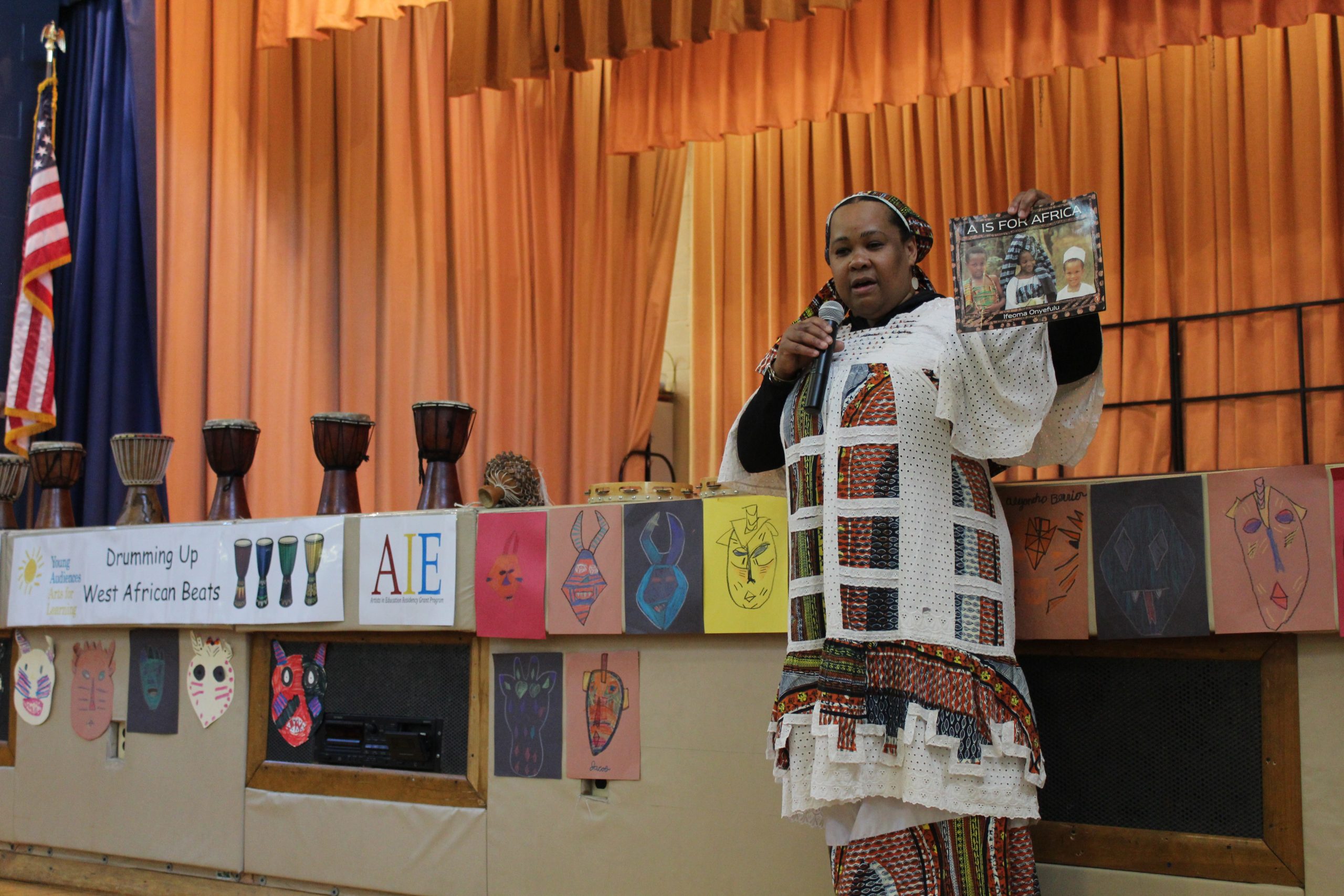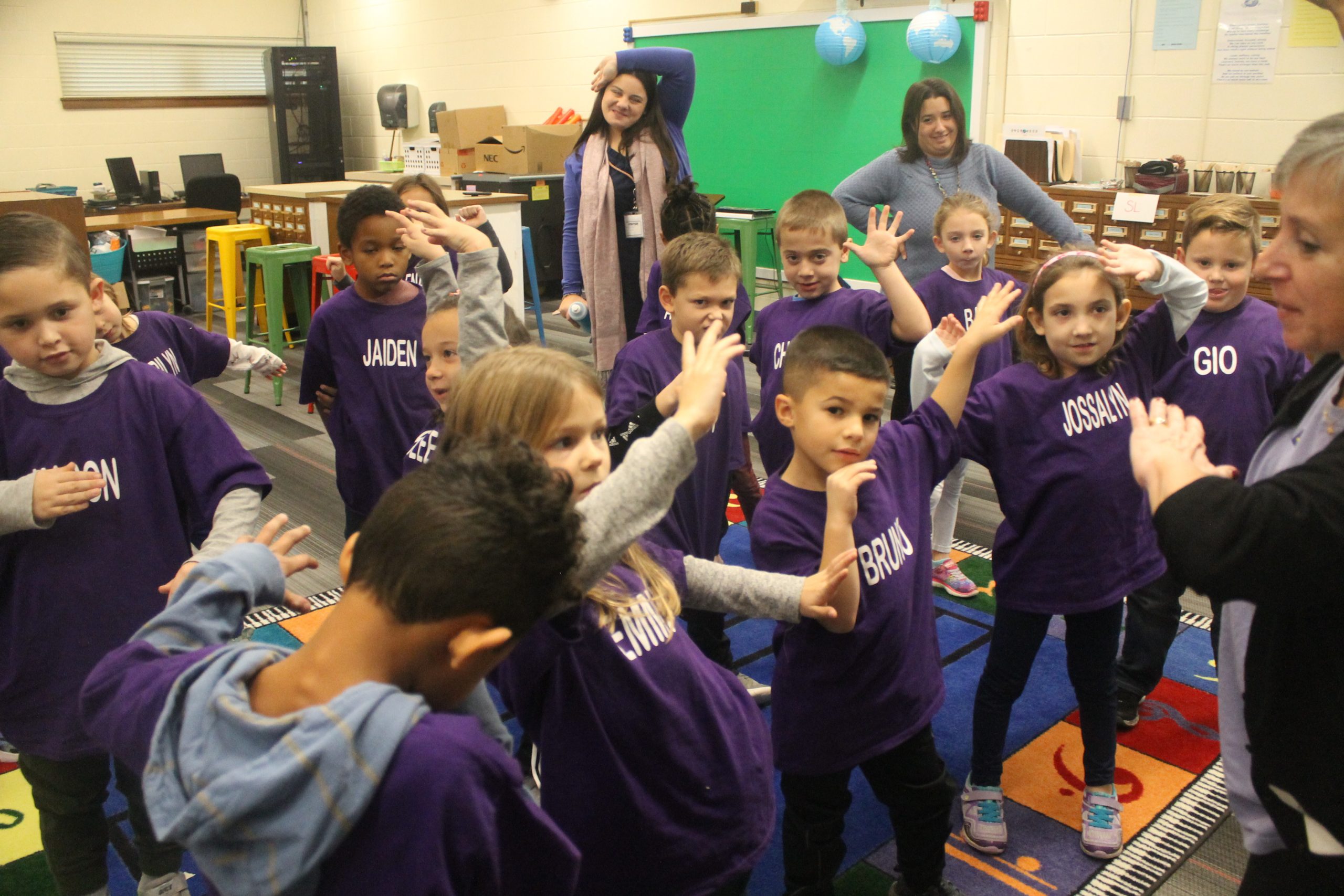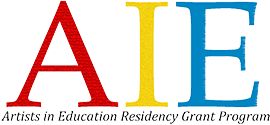What is the size of the grant?
Grants are for programming in value of $11,000+.
The AIE Residency Grant covers Resident Artist fees for 20 residency days and also pays additional expenses not included in the grant amount, including: travel for the teaching artist, the AIE Partner to help the school manage the residency, an on-site evaluation of the residency, and the costs associated with AIE Orientation, End of Year Event, grant assistance, and training and mentoring the teaching artists. We estimate the total cost paid by AIE per school grant to be in value of $11,000+.
What is the application deadline?
Please contact the AIE Manager, Michael Roberson Reid, at mreid@yanjep.org or (609) 240-9000 ext. 219 for more information about the next application cycle.
How any students are served?
The total number of students in the core group may not exceed 100 students.
An AIE residency consists of a core group of students who meet with the AIE teaching artist every workshop day, with a workshop day serving three to four sections of students, for a total of approximately 75 - 100 students. The average workshop day is no more than four hours.
Schools seeking to increase the size of the core group and/or extend the workshop day should factor in increased teaching artist hours or days into their budget. Please contact AIE for assistance.
Additional students can serve as a participating group. Students in the participating group may meet with the AIE teaching artist on occasion, attend visiting teaching artist's events, field trips, and assemblies, participate in the documentation of the residency, and participate in the Culminating Event or other events related to the residency.
What are the financial responsibilities of the school/district?
The school/district must provide a financial match of at least $2,000. Schools that submit an application for a mural or permanent art installation must also fund three additional days for the teaching artist, plus travel for a $3,000 match minimum. The school will be billed for these days at the beginning of the residency.
Matching funds can be made in cash and/or planned expenditures that already exist in the school budget. Schools should anticipate their commitment of teacher and administrator time for meetings and planning, substitute teachers, equipment, supplies, materials, visiting teaching artist/assembly/field trip, and other expenses needed for the AIE Residency project will constitute their school financial match. Schools may also choose to include cash expenditures such as additional workshop days, additional support components, etc. in their financial match figure. Sources of the match funds can include the existing school budget, PTA fundraising, a local bank, etc. Funding sources must be listed on the grant application and should be secured in advance.
What is the support component?
Schools that receive an AIE grant are required to provide funds for and schedule a support component. This can be in the form of a field trip, assembly, or workshop(s) with a visiting artist. It should support the work that your AIE teaching artist is doing within the classroom, but can be in another art form or discipline.
Who should write the grant application?
The grant application should be developed and written by the Steering Committee, which is composed of teachers, administrators, parents, and members of the community. The committee establishes goals based on the school's needs and students' strengths, chooses an artistic discipline, writes and submits the grant application, and implements the residency.
What disciplines are available?
Residencies are available in the following disciplines: Dance, Music, Theatre, Opera/Musical Theatre, Visual Arts, Design Arts, Crafts, Photography, Media Art, Interdisciplinary*, Folk Arts*, and Literary Arts. Schools already working with an AIE teaching artist may choose to continue to work with that artist for one additional year, and can include them on the Steering Committee as the grant application is prepared. Otherwise, the school Steering Committee will interview and select the teaching artist to conduct the residency after the grant awards are made. The AIE Partner will help the Steering Committee identify potential AIE teaching artists for an interview.
*Schools interested in Interdisciplinary or Folk Arts residencies must first consult with the AIE Manager, Michael Roberson Reid, at mreid@yanjep.org or (609.243.9000 Ext. 219) prior to applying.
How do I find a teaching artist?
Schools who are awarded the AIE grant and do not have an existing relationship with an AIE-approved teaching artist will be led through an interview process. They will meet with several teaching artists in order to find the right fit for your school. If a school wants to work with a teaching artist not already affiliated with AIE or its partners, please contact the AIE Manager for more information about the interview process for new AIE teaching artists.
How are the grant funds managed?
Funds for teaching artist fees are paid directly by Young Audiences to the teaching artist. The school is responsible to manage and track their own spending for equipment, supplies, teacher and administrator time, etc.
When do I find out if my school received a grant?
Notification will be emailed and mailed in early June to the Grant Contact listed on your application. Grant awards are made pending the availability of state funds and are confirmed in July.



